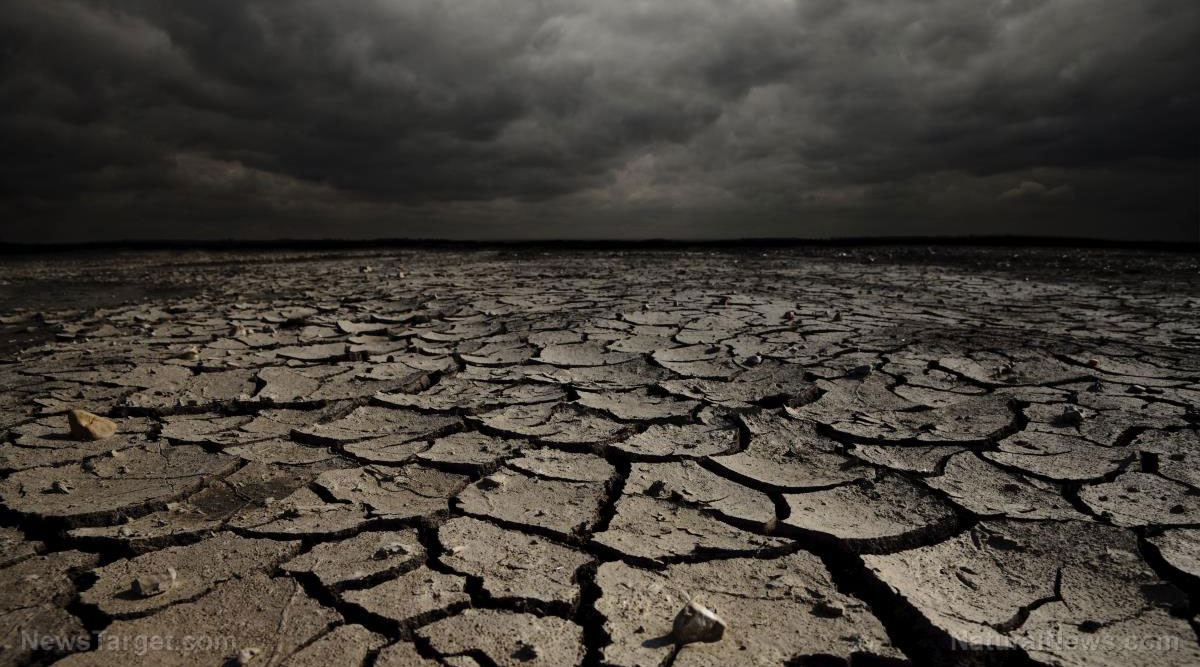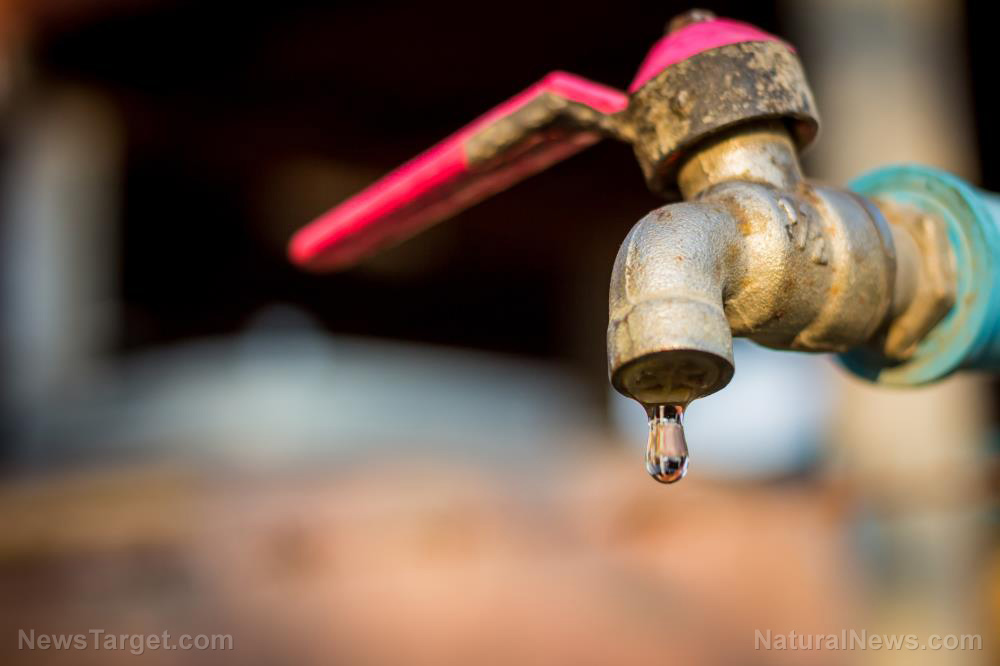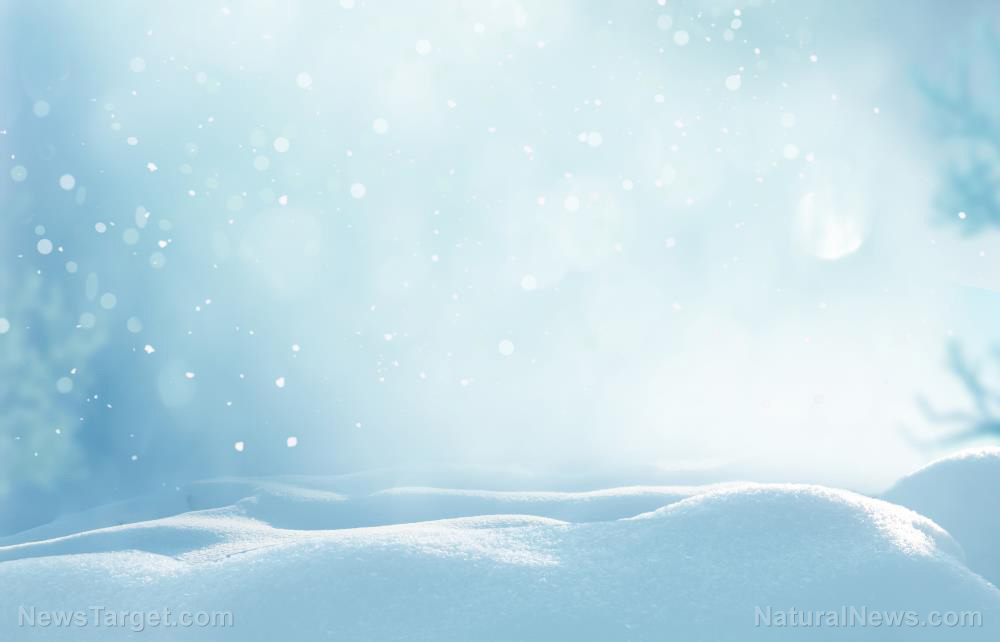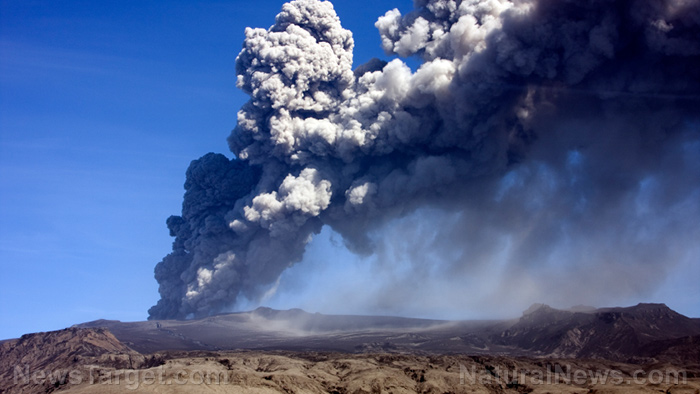Great Salt Lake drying up amid extreme drought
07/09/2021 / By Ethan Huff

Record-breaking drought conditions are shrinking the size of the Great Salt Lake in Utah, which in turn is threatening wildlife habitats and other facets of the regional ecosystem.
Gov. Spencer Cox is calling on his constituents to “pray for rain” as the largest natural lake west of the Mississippi River is expected to reach a 170-year low this year.
“A lot of us have been talking about the lake as flatlining,” says Lynn de Freitas, executive director of Friends of the Great Salt Lake.
Like much of the American West, things are dry as a bone in Utah and other water sources such as drinking water reservoirs are also struggling. If rain does not come soon, there is no telling how bad things could get.
Pelicans rely on the Great Salt Lake as a natural habitat, as do millions of other birds that are now at risk of losing their home. The dust that remains is also a problem as it contains naturally occurring arsenic, which whips around the valley every time there are substantial winds.
“More dry lakebed getting exposed could send arsenic-laced dust into the air that millions breathe,” warns the Associated Press (AP).
“It blows through a region that already has some of the dirtiest wintertime air in the country because of seasonal geographic conditions that trap pollution between the mountains.”
Astoundingly, the dry, gravelly lakebed around the Great Salt Lake has expanded by some 750 square miles over the years. The silver lining is that the newly exposed crust is tough, however, researchers are unsure how long it will stay that way.

“We’ve never had an April lake level that was as low as it was this year,” laments Kevin Perry, a University of Utah atmospheric scientist.
Utah’s lucrative skiing industry threatened by changing climate conditions
Most of Utah’s water supply comes from snowfall. However, snowpack was well below normal this past year and the soil was dry, which means most of the snow ended up soaking into the ground before it reached the lake.
In an average year, the Great Salt Lake gains up to two feet of water level from spring runoff. This year, it was a mere six inches due to a disastrous combination of factors.
“The more continued drought we have, the more of the salt crust will be weathered and more dust will become airborne because there’s less of that protective crust layer,” Perry warns.
As more of the lake recedes, more people are walking or driving on the exposed crust, which is only exacerbating the problem.
There is also a problem with more dust from exposed crust causing snow to melt much sooner than it is supposed to, which threatens Utah’s lucrative skiing industry.
“No one wants to ski dirty snow,” says McKenzie Skiles, a snow hydrologist at the University of Utah who says early snowmelt creates darker, dirtier snow that is unattractive to tourists.
In a marina where boats are parked, many of them are having to be lifted from the water as levels in the lake continue to drop.
“Some people don’t think that we’re ever going to be able to get back in,” says Marilyn Ross, a 65-year-old from the area who describes the Great Salt Lake as a tranquil paradise, at least when it has water.
And there’s more bad news: According to a Utah State University study, the diversion of water from rivers that flow into the lake will need to decrease by at least 30 percent. That diversion is currently necessary to provide water for Northern Utah’s ever-growing population, as well as to water food crops.
Praying couldn’t hurt.
More related news can be found at ClimateScienceNews.com.
Sources for this article include:





















